Equipment and processes required for construction waste treatment
Construction waste processing involves multiple stages and steps, hence requiring different types of equipment to complete these tasks. Here are some common construction waste processing equipment:
Crushing Equipment:
Fixed Crushers: Such as jaw crushers, impact crushers, and cone crushers, used for crushing construction waste into smaller particles.
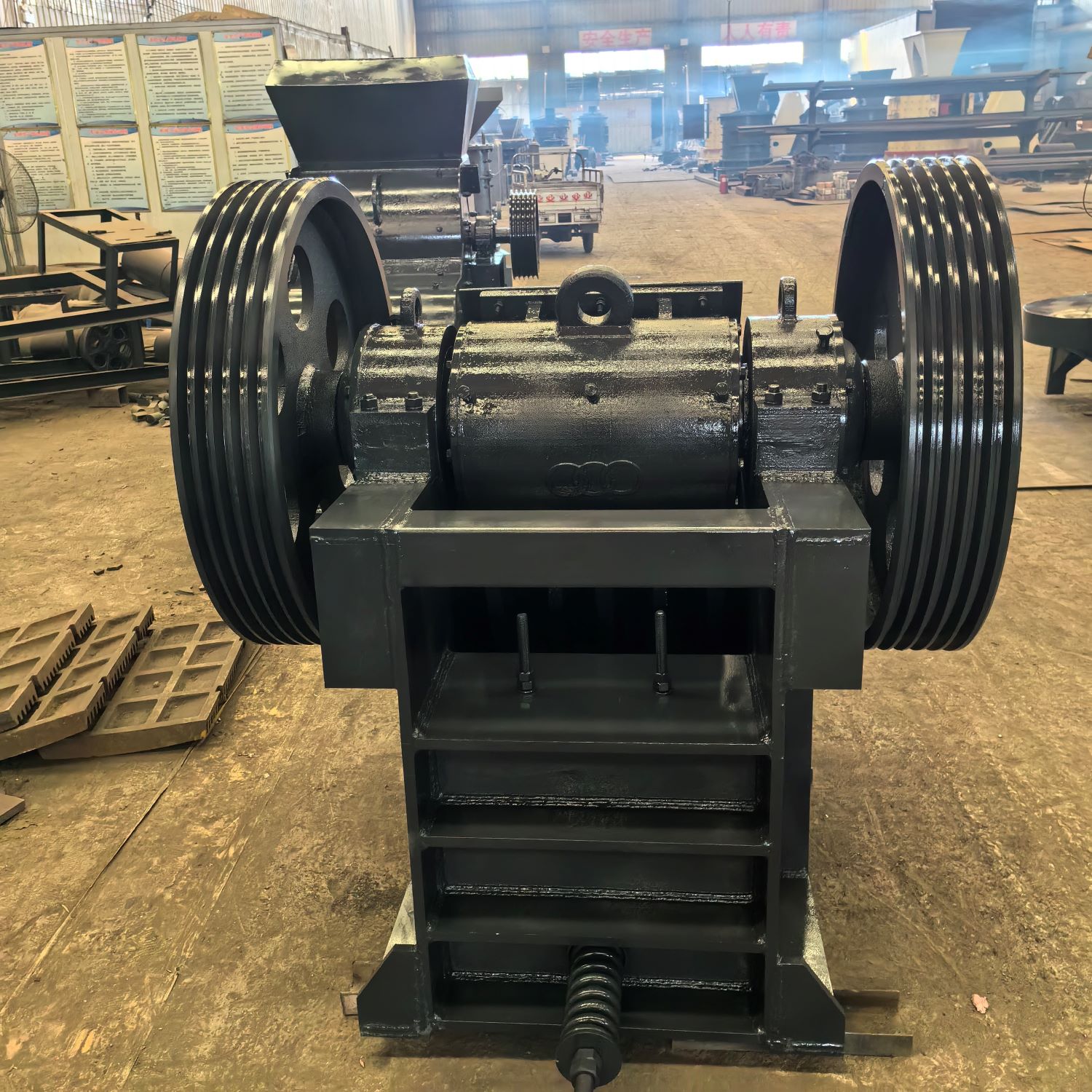
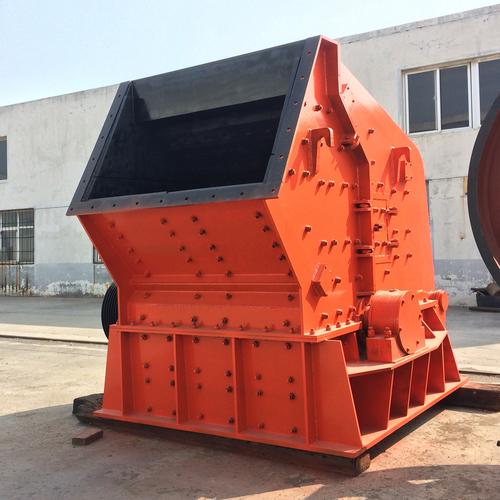
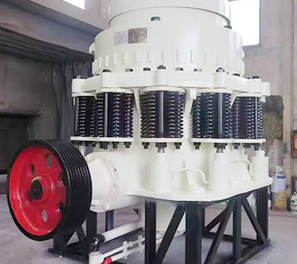
Mobile Crushing Stations: Including both tire-mounted and track-mounted types, which integrate functions like crushing, screening, and conveying, suitable for various sites and operational needs.
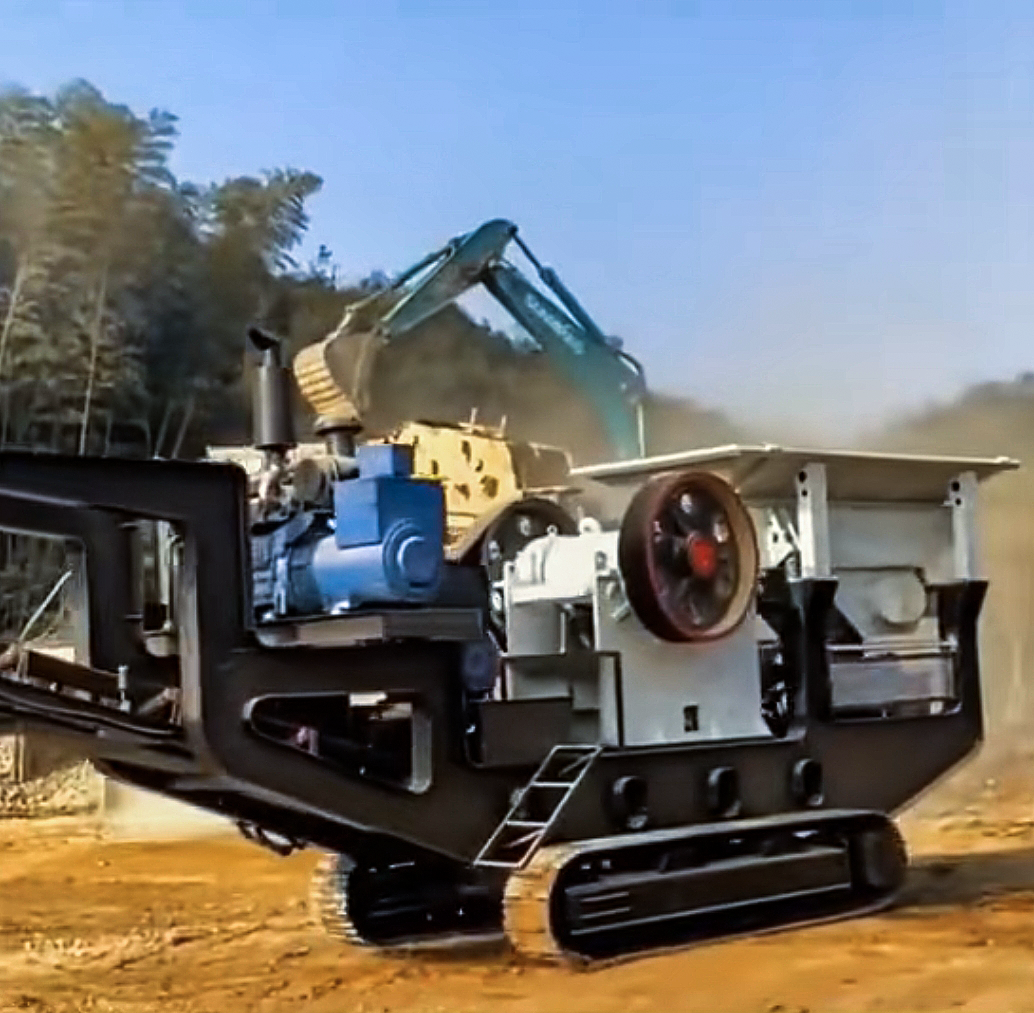
Screening Equipment:
Vibrating Screens: Used to screen construction waste, separating materials of different particle sizes for further processing.
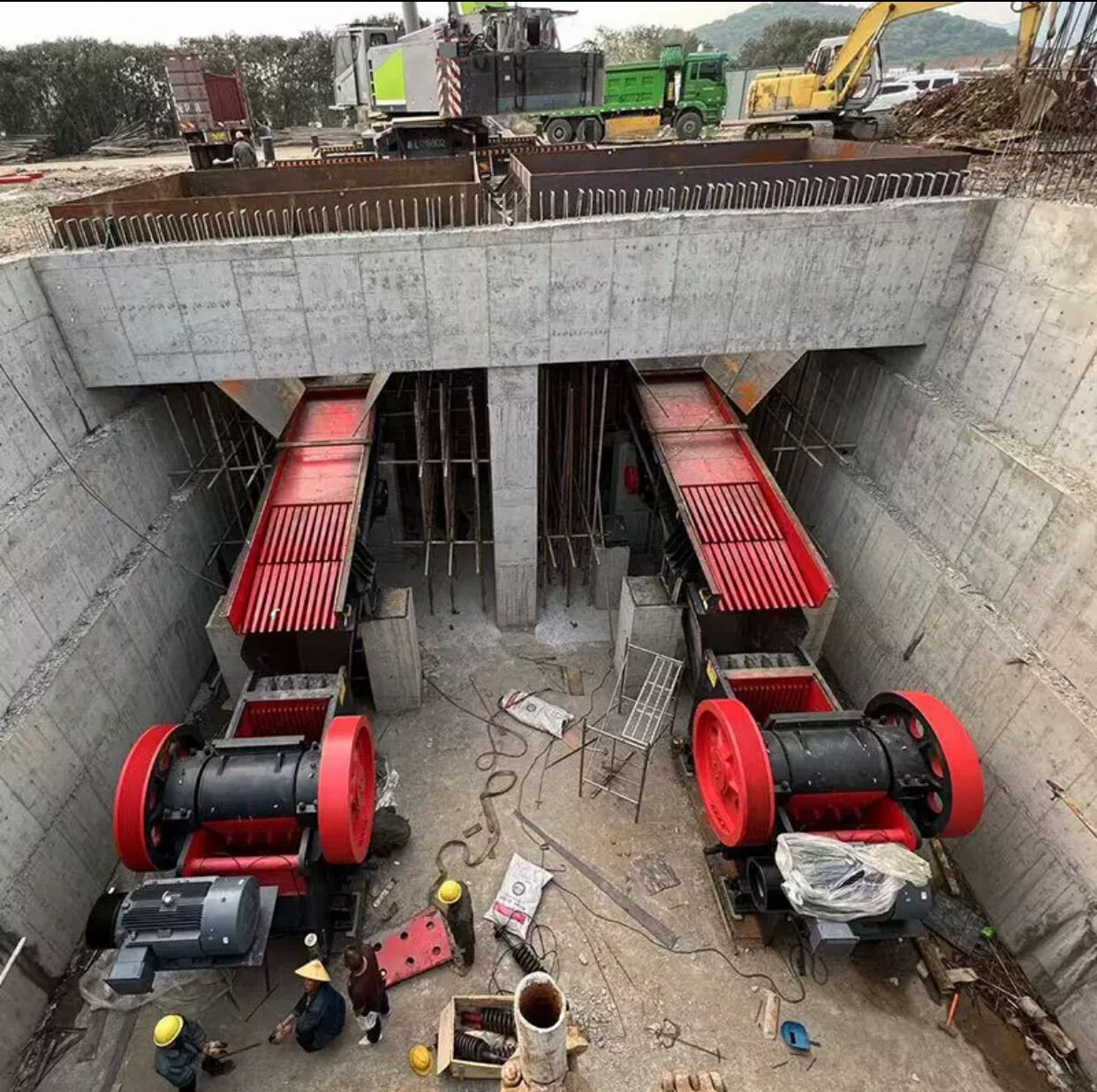
Trommel Screens: Suitable for screening wet and sticky materials, effectively separating soil, stones, and other substances from the materials.
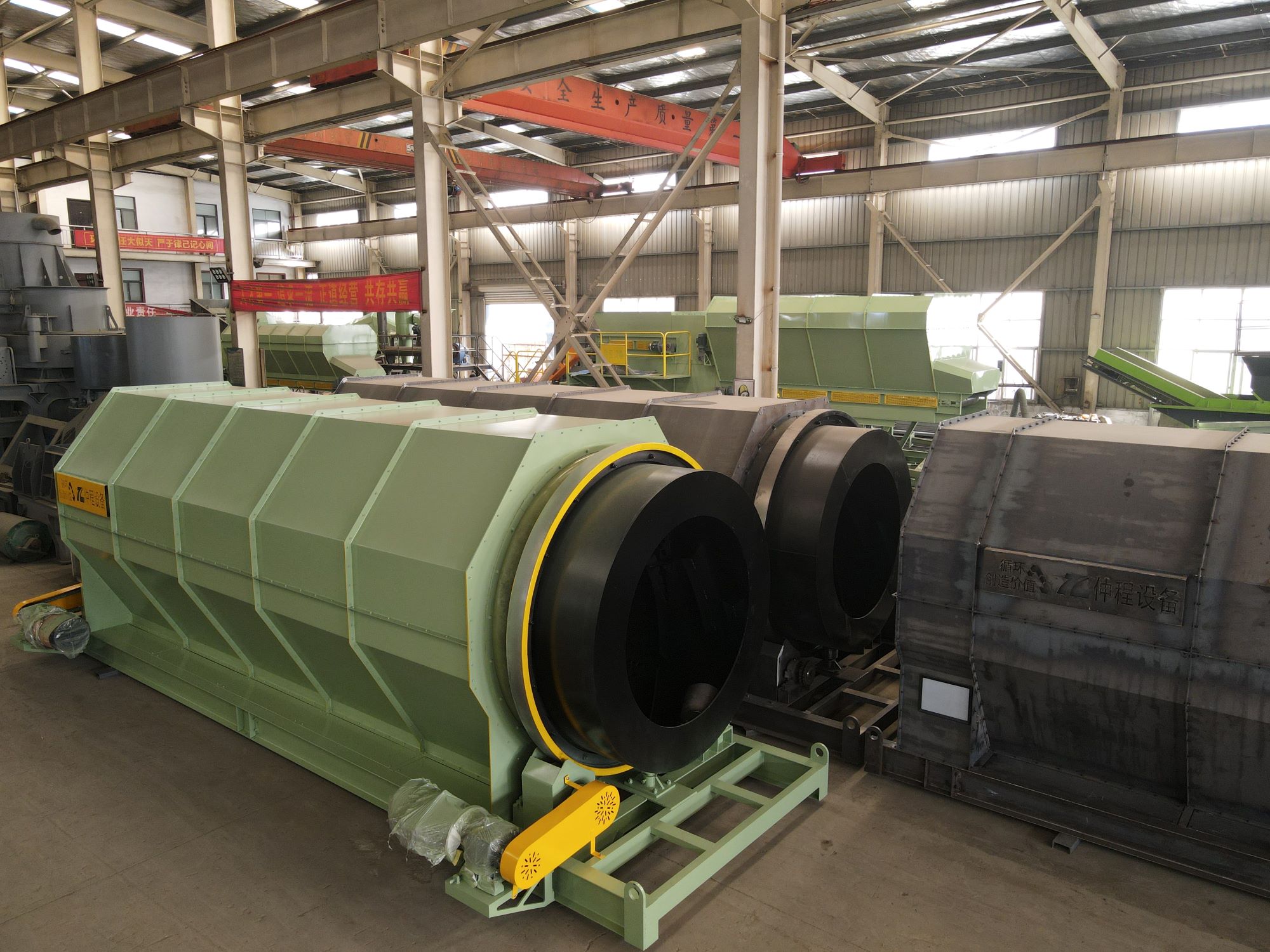
Sorting Equipment:
Air Separators:Utilize wind force to separate lightweight materials (like plastics and paper) from heavy materials (such as concrete blocks and bricks) in construction waste.
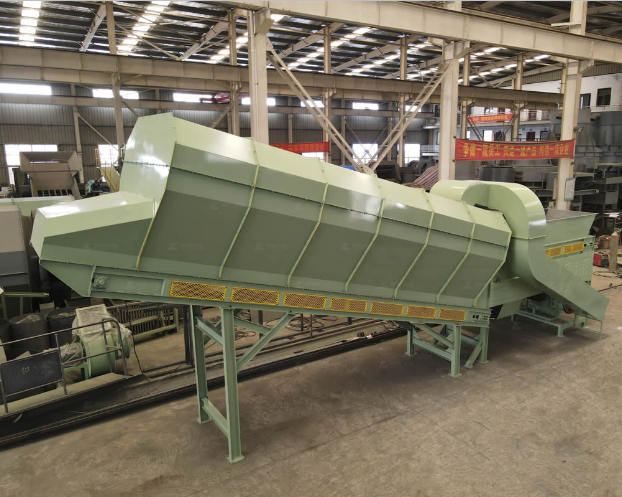
Magnetic Separators: Used to separate iron-containing materials from construction waste.
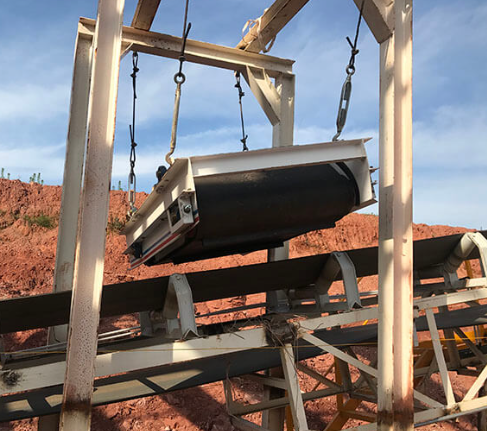
Conveying Equipment:
Belt Conveyors:Used to transport construction waste from one location to another, enhancing processing efficiency.
Bucket Elevators: Appropriate for vertical material conveyance.
Dust Control Equipment:
Pulse Dust Collectors and Bag Filter Dust Collectors:Used to reduce dust generated during the construction waste processing process, protecting the environment.
Other Auxiliary Equipment:
Feeders: Used to control the speed and amount of material entering the crusher.
Dust and Noise Reduction Equipment: Used to minimize noise and dust pollution.
These devices each play significant roles in the construction waste processing process. Through rational selection and configuration, they can achieve efficient and environmentally friendly handling of construction waste. The specific choice of equipment should be based on factors such as processing scale, material properties, and site conditions.
The process of construction waste management typically includes the following stages:
Collection and Initial Sorting:
Collection: First, construction waste generated from construction or demolition sites is collected centrally, ensuring that various types of waste are kept separate, e.g., timber, metals, concrete blocks, bricks, and tiles are stored separately.
Pre-processing: Waste is transported to the processing center using loaders, combined with manual preliminary sorting to remove obvious impurities such as household waste, flammable, and explosive items.
![ES0)]@M((I2J2WX$IQ~ERK4.png](/uploads/allimg/20240620/1-240620143003415.png)
Fine Sorting:
Mechanical Sorting: Using vibrating screens, drum screens, air separators, and magnetic separators, waste is sorted according to particle size, density, and magnetic properties, categorizing it into different classes like coarse aggregates, fine aggregates, timber, metal, plastic, and glass.
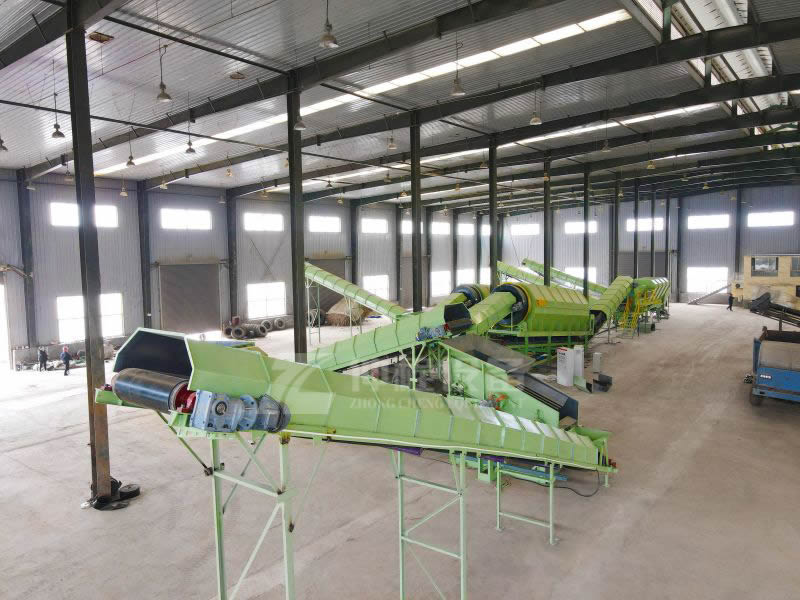
Zhongcheng Environmental Protection Equipment - Waste Treatment Equipment
Resource Utilization:
Crushing and Screening: Concrete blocks and stones are crushed into specified granularities to be used in the production of recycled concrete, recycled bricks, road base layers, and other building materials.
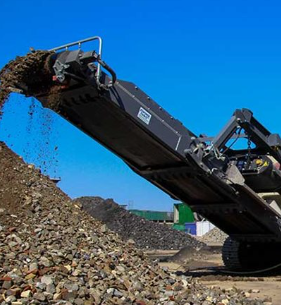
Recycling: Treated waste wood may be used as biomass fuel or remanufactured into new wooden products; scrap metal can be recycled for steelmaking; waste plastics and glass can also be recycled.
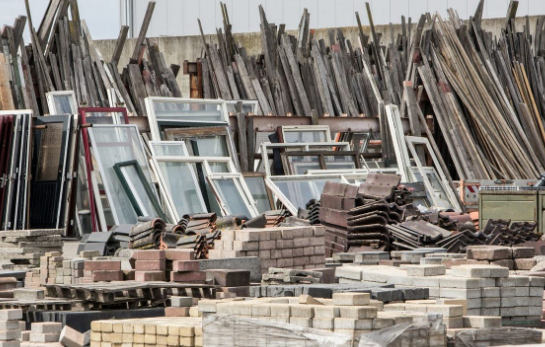
Other Treatment Methods:
Low-temperature Incineration: For waste that cannot be effectively utilized, low-temperature incineration can be considered to obtain heat energy and reduce volume.
Landfilling: After strict sorting and resource utilization, residual waste meeting environmental standards can be safely landfilled to prevent environmental pollution.
Biodegradation: Organic components in waste can undergo biotechnological degradation treatment, transforming them into fertilizers or other environmentally friendly products.
In summary, the modern goal of construction waste management is to prioritize resource utilization, aiming to minimize the proportion of landfilling and incineration, thereby achieving a circular economy and sustainable development. Each country and region will formulate corresponding detailed processing procedures and standards based on their own practical situations and regulatory policies.
-
 Trommel screenTrommel screen, also known as drum screens, are widely used in various industries for sorting and separating materials.Get Quote
Trommel screenTrommel screen, also known as drum screens, are widely used in various industries for sorting and separating materials.Get Quote -
 Crop straw double shaft shreddApplications:Biomass Energy Production: Shredded straw can be used as a feedstock for bioenergy plants to produce electricity or heat.Livestock Feed: Reduced-si...Get Quote
Crop straw double shaft shreddApplications:Biomass Energy Production: Shredded straw can be used as a feedstock for bioenergy plants to produce electricity or heat.Livestock Feed: Reduced-si...Get Quote -
 Zhongcheng Air Drum SeparatorAir drum separators effectively separate lightweight materials (e.g., plastics, paper) from heavier materials (e.g., metals, glass). This high efficiency is cru...Get Quote
Zhongcheng Air Drum SeparatorAir drum separators effectively separate lightweight materials (e.g., plastics, paper) from heavier materials (e.g., metals, glass). This high efficiency is cru...Get Quote
-
2024-08-16Crop straw double shaft shredderApplications:Biomass Energy Production: Shredded straw can be used as a feedstock for bioenergy plants to produce electricity or heat.Livestock Feed: Reduced-si...
-
2024-08-06Plastic double shaft shredderOperation:Feeding: The plastic material is fed into the shredder through the infeed system.Shredding: As the material enters the shredding chamber, the rotating...
-
2023-01-12Waste Baler For MSWHigh density solid waste balers are the final step before sending waste to landfill. Horizontal balers designed and manufactured for this difficult job and prov...
-
2024-06-08Solutions for Jaw Crusher ProblemsJaw crusher is widely used in mining, smelting, building materials, highways, railways, water conservancy and chemical industries. The maximum compressive stren...
-
2023-01-12Apron FeedersApron Feeder is a conveyor manufactured from steel plates driven by steel chains wearing on steel surfaces. They are a robust design manufactured for durability...



